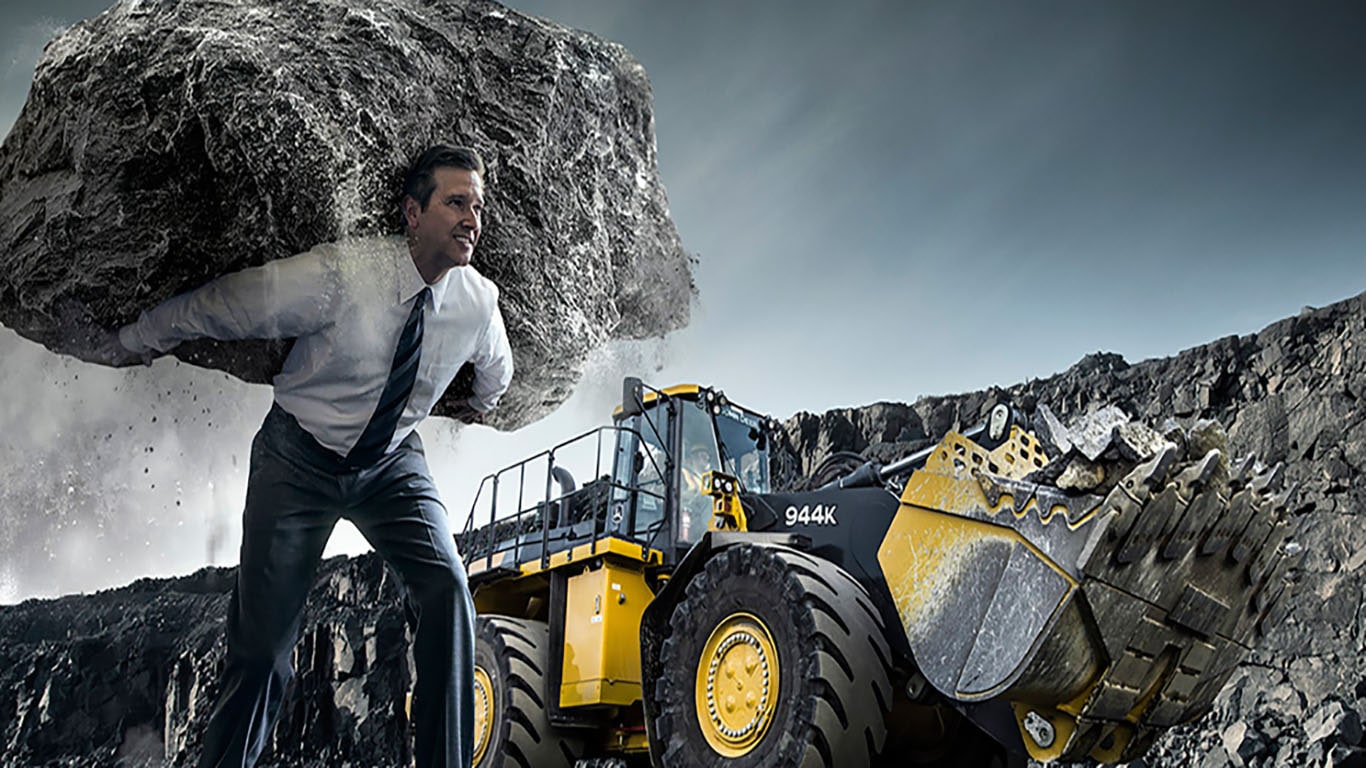Trusted Construction Equipment Rentals for Your Projects
Trusted Construction Equipment Rentals for Your Projects
Blog Article
Leasing Vs. Buying Construction Equipment: Making the Right Choice for Your Task
When getting started on a building and construction project, one of the important choices that predict managers and stakeholders face is whether to rent out or get construction tools. The decision pivots on various variables such as expense factors to consider, task duration, tools upkeep, danger, versatility, and scalability administration.
Expense Considerations
When examining the financial facet of getting versus leasing building devices, the upfront expenses and lasting expenditures must be meticulously thought about. Leasing tools commonly requires lower first settlements compared to buying, making it an eye-catching alternative for temporary projects or professionals with budget restraints. Renting out removes the demand for big funding expenses and decreases the monetary danger associated with equipment possession, such as upkeep and depreciation expenses. However, over time, continuously renting out tools can accumulate higher prices than acquiring, particularly for prolonged projects.
On the various other hand, purchasing building equipment involves higher in advance prices but can result in long-lasting savings, especially for long-term jobs or frequent customers. Inevitably, the choice between getting and renting out building and construction devices hinges on the project's period, regularity of use, spending plan factors to consider, and long-term monetary goals.
Task Period

Alternatively, for long-term tasks or continuous building and construction work, buying tools can be the extra affordable option. Acquiring devices can lead to cost financial savings over time, especially if the tools will be regularly made use of. In addition, having equipment offers a feeling of control over its schedule and enables modification to fit details job needs.

Equipment Maintenance
Offered the crucial duty task duration plays in establishing the most economical technique in between renting and buying construction devices, the emphasis now moves in the direction of taking a look at the vital element of devices maintenance. On the various other hand, possessing devices calls for a positive approach to upkeep to stop malfunctions, make sure security, and expand the tools's life expectancy. Inevitably, a properly maintained building and construction equipment fleet, whether leased or had, is necessary for the successful and effective conclusion of construction jobs.
Flexibility and Scalability
In the world of building equipment administration, the element of versatility and scalability holds considerable significance for project performance and source application. Deciding to lease building devices supplies a high level of adaptability as it permits for the fast modification of equipment kinds and amounts based on the developing needs of a job. Leasing allows professionals to access a vast variety of specific devices that might be needed for specific tasks without the long-lasting commitment of ownership. This adaptability is especially beneficial for projects with varying requirements or uncertain durations (forklift rental).
Leasing building and construction devices offers the advantage of easily scaling procedures up vibratory roller compactor or down as project demands change. Specialists can quickly exchange or include equipment to match the project's transforming demands without the restraints of having assets that may end up being underutilized or obsolete.
Risk Management
Efficient danger administration in building devices operations is critical to guaranteeing task success and mitigating possible financial losses. Construction projects naturally entail various threats, such as tools break downs, mishaps, and project hold-ups, which can considerably affect the job timeline and budget plan. By very carefully considering the risks related to owning or leasing building and construction tools, project managers can make educated decisions to minimize these possible hazards.
Renting out building equipment can supply a level of threat mitigation by moving the responsibility of upkeep and repair services to the rental useful site business. This can decrease the financial worry on the project proprietor in situation of unanticipated devices failings (heavy equipment rental). Furthermore, renting offers the flexibility to access specific devices for specific job phases, lowering the threat of owning underutilized machinery
On the various other hand, possessing construction tools gives a sense of control over its use and upkeep. However, this likewise indicates birthing the complete responsibility for repair work, upkeep prices, and depreciation, raising the economic dangers connected with tools possession. Mindful risk evaluation and consideration of aspects such as project duration, equipment use, and upkeep requirements are essential in establishing one of the most appropriate option for effective risk administration in building tasks.
Verdict
In final thought, when choosing between renting out and getting building tools, it is crucial to think about cost, task period, equipment maintenance, scalability, flexibility, and danger management. Each factor plays an important duty in determining the most suitable choice for the job available. By thoroughly reviewing these aspects, project supervisors can make an enlightened decision that lines up with their budget, timeline, and total job objectives.

Report this page